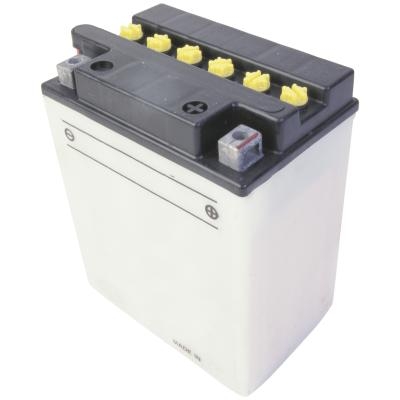
Deep cycle batteries are similar to the standard car battery except they are primarily used in marine vessels, golf carts and electric wheelchairs. Deep cycle batteries are designed for endurance, while a car battery is designed to produce the high amps necessary to crank an automotive engine. Wiring two 6-volt deep cycle batteries in series to produce 12 volts is often done because the endurance of the two 6-volt batteries is generally greater than a single 12-volt battery. The overall design of the 6-volt and 12-volt batteries is the same, but there are some key differences.
Put a 6-volt and a 12-volt deep cycle battery side by side so you can visually examine and compare them. Situate the batteries on a stable work surface, as they are rather heavy.
Look at the size of the two deep cycle batteries. The 12-volt battery is longer, wider and deeper than the 6-volt battery. This is because the 12-volt battery must produce more energy and therefore must be larger.
Examine the top of each deep cycle battery. The 12-volt has six plastic caps, while the 6-volt battery has only three caps. Beneath the caps are the battery cells that contain lead plates and fluid. Each cell produces 2 volts so you need three cells to produce 6 volts and six cells to produce 12 volts.
Examine the labels on both batteries. The label on the larger battery lists the output as 12 volts while the label on the smaller battery lists 6 volts. Further examination of the labels tells you the amperes that each battery is capable of producing. Generally, the 6-volt battery produces about 50 percent of the amperes that the 12-volt battery generates.